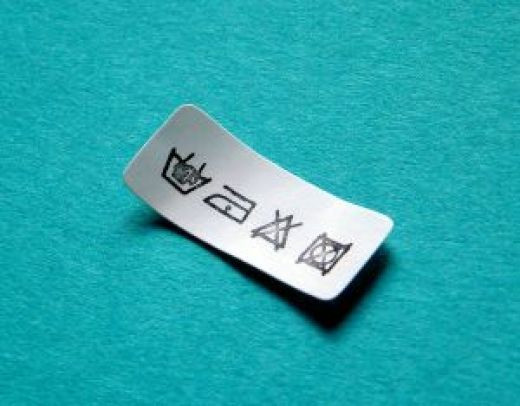Dry Cleaning Ingredient Used for More than 100 Years Increases Cancer Risk

Trichloroethylene (TCE) has been used for almost the past 100 years. It was first produced and used in the 1920s to decaffeinate coffee and extract vegetable oils, like palm or coconut form plants. In the 1940s, it was used as a cleaner and degreaser for metals. In the 1950s, it was adopted for use in dry cleaning. More recently, it is found in white out, paint thinner, adhesives, and rug-cleaning fluids.
Could a chemical with so many uses, for so many years, be causing cancer in those who work with it?
In 2011, the Report on Carcinogens by the United States Department of Human and Health Services identified TCE as a carcinogen that elevated the risk for cancer development.
A new study by Dr. Johnni Hansen and colleagues at the Danish Cancer Society Research Center suggests that TCE increases risk of cancer development among those most exposed. The use of TCE is so widespread that trace amounts are most frequently detected in groundwater, meaning that more than just dry cleaners could be at risk. Disturbingly, in 2008, 306 facilities released a total of 3.6 million pounds of trichloroethylene into surrounding environments.
The study included 5553 workers, monitored for at least 30 years, throughout Eastern Europe and compared their bodily levels of TCE and potential for cancer development. 997 cancers, with close to 70 percent of them occurring in men, were found. But across both genders, liver cancer had similar incidence rates among both men and women.
The cancers most prevalent as a result of TCE exposure are esophageal, liver, cervical, kidney, and non-Hodgkin lymphomas. The highest observations of cancer occurred at low levels of TCE exposure, between five and 25 milligrams per liter of the solvent. This is opposed to levels greater than 50 milligrams per liter, which tended to show low levels of cancer development. The three highest observations of cancer were respectively lymphoma, kidney, and liver cancers.
The locations of cancer development may indicate the way in which the TCE compound is dealt with in the body. Given the high incidence of liver and kidney cancers, it is clear that TCE is a toxin. The liver and kidney function to detoxify blood of toxic substances like drugs. The liver is the first stage of blood detoxification; it removes large compounds from the blood like naturally occurring insulin and fats or foreign substances, such as alcohol or TCE. Often, a liver can become diseased if it must work over time to keep the blood clear of large compounds, as is seen in most liver diseases.
Sometimes, byproducts of detoxification in the liver can have adverse effects elsewhere in the body, like the kidney, whose function is to purify the blood and separate out wastes. Similarly, if a chemical is poisonous, it may alter the liver, much in the way TCE does when it causes cancerous tumors.
Similarly, the TCE byproducts can affect the body system-wide, as the third highest observed cancer was cervical in women. One's cervix is completely separate from the liver and kidney. However, if the chemical can affect reproductive organs as well, then it is likely that industries will have to begin using fewer toxins like TCE.
TCE's path into the body is often inhalation, which may only occur in those working with the substance like painters, dry cleaner employees, or crafters. There is not yet any evidence regarding TCE's relation to skin and skin cancers. However, the toxin's ability to increase the risk for cancer in vital organs like the liver and kidney is difficult to ignore.
Source: Hansen J, Sallmen M, Selden AI. Risk of Cancer AmongWorkers Exposed to Trichlorethylene: Anaylsis of Three Nordic Cohort Studies. JNCI. 2013
Published by Medicaldaily.com



























